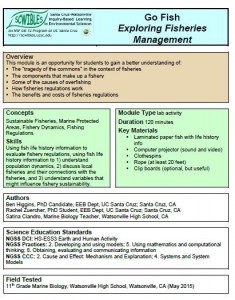 Exploring Fisheries Management
Exploring Fisheries Management
by Rachel Zuercher, Ben Higgins, and Satina Ciandro
More than 1/3 of people in the world rely on fish as their major source of protein, however, global fisheries today face enormous challenges such as; overfishing, habitat loss, marine pollution and climate change. Fortunately, well-designed fisheries regulations can help mitigate these problems and ensure sustainability of fisheries into the future. Teaching students about fisheries can lead to a public that is informed regarding fisheries management, and a generation of conscious seafood consumers.
This module is an opportunity for students to learn: 1) The “tragedy of the commons” in the context of fisheries, 2) The components that make up a fishery, 3) Some of the causes of overfishing, 4) How fisheries regulations work, and 5) The benefits and costs of fisheries regulations.
Docs: GoFish_module_text.docx West_coast_groundfish_template.pdf intro.pdf wrksht.docx labwrksht.docx
Standards: HS-ESS3, Models, Cause and Effects, Systems
Keywords: cause communication economics fisheries HS-ESS3 math models natural resources systems tragedy of the commons

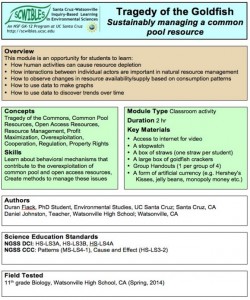 Sustainably Managing a Common Pool Resource
Sustainably Managing a Common Pool Resource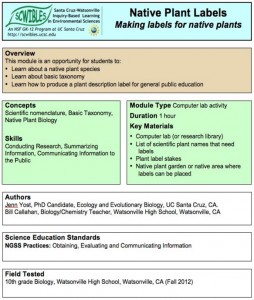 Making Labels for Native Plants
Making Labels for Native Plants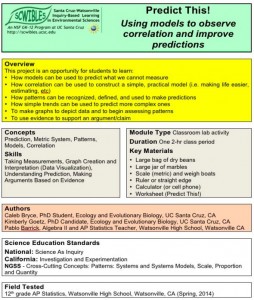
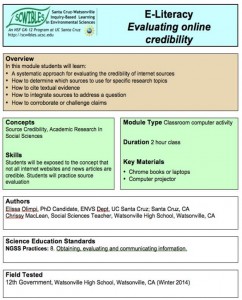
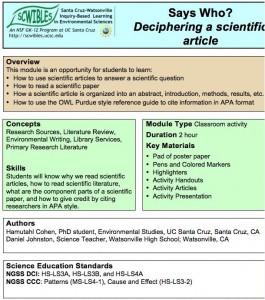
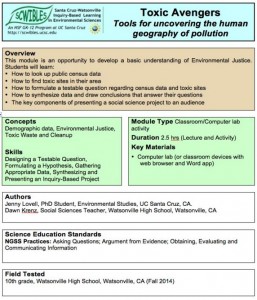 Tools for Uncovering the Human Geography of Pollution
Tools for Uncovering the Human Geography of Pollution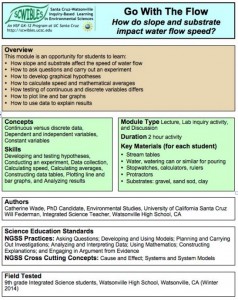 The Impact of Slope and Substrate on Water Flow Speed
The Impact of Slope and Substrate on Water Flow Speed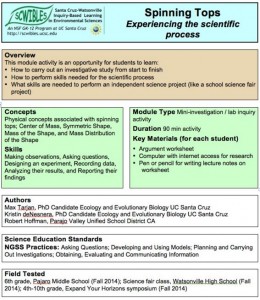
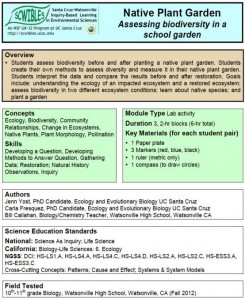 Assessing Biodiversity Using a School Garden
Assessing Biodiversity Using a School Garden

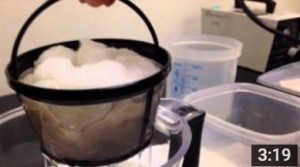
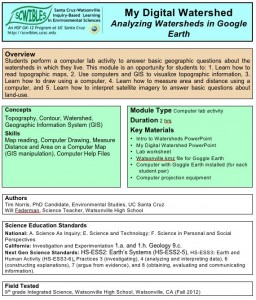
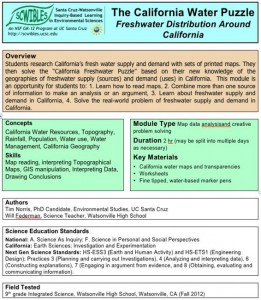 Freshwater Distribution Around California
Freshwater Distribution Around California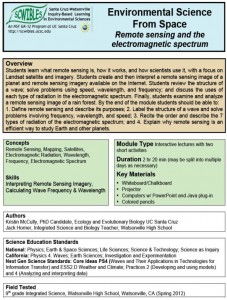
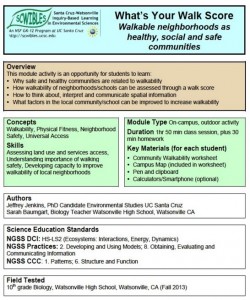
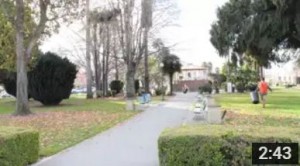
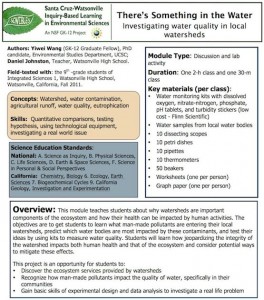
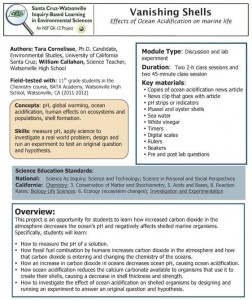
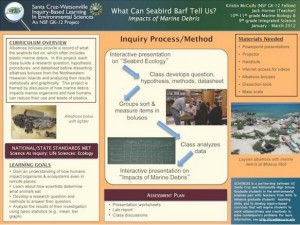
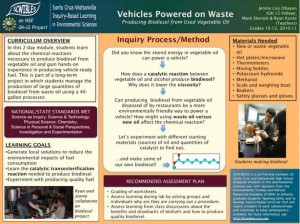
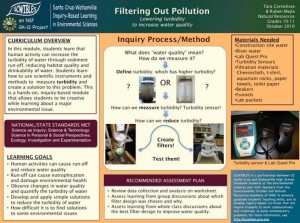 Lowering Turbidity to Increase Water Quality
Lowering Turbidity to Increase Water Quality